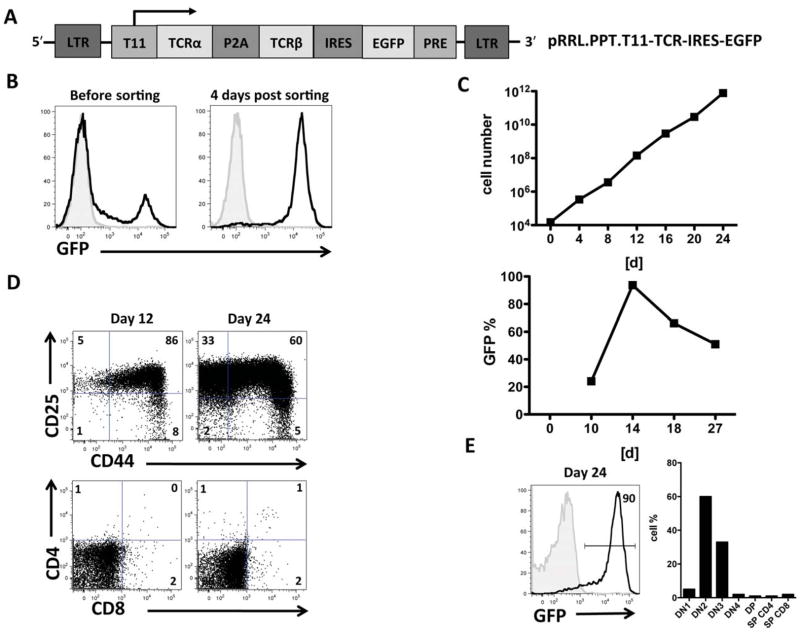Figure 1. Large numbers of preTs containing the transgene of a specific TCR under the regulation of an inducible promoter were generated in vitro.
(A) Schematic figure of the pRRL.PPT.T11-TCR-IRES-EGFP construct. (B) Prestimulated murine LSK cells were transduced with concentrated lentiviral supernatant and co-cultured with OP9-DL1 cells. Transduction efficacy was determined based on eGFP expression on day 10. This was followed by cell sorting for eGFP to increase the purity of transgene-positive cells. (C) Expansion kinetics of preTs on OP9-DL1 stromal cells is graphed in the upper panel. Transduction efficiency was determined by day 10. Immediately thereafter cell sorting was performed. The purity of the product was reassessed after another four days of culture (day 14). The lower panel depicts the decreasing fraction of transgene-positive preTs during the differentiation and expansion process. Results of one representative experiment are shown. (D) The phenotype of in vitro-generated preT cells was serially determined between days 12 and 24 using flow cytometry. Results of a representative experiment are shown. (E) The phenotype of the final cell product is shown that was used for adoptive cell transfer studies. Cells were sorted for eGFP a second time on day 20 of culture and used for animal experiments on day 24. LTR, long terminal repeat; P2A, self-cleaving 2A peptide; IRES, internal ribosome entry site; eGFP, enhanced green fluorescent protein; PRE, Woodchuck hepatitis virus posttranscriptional regulatory element.

